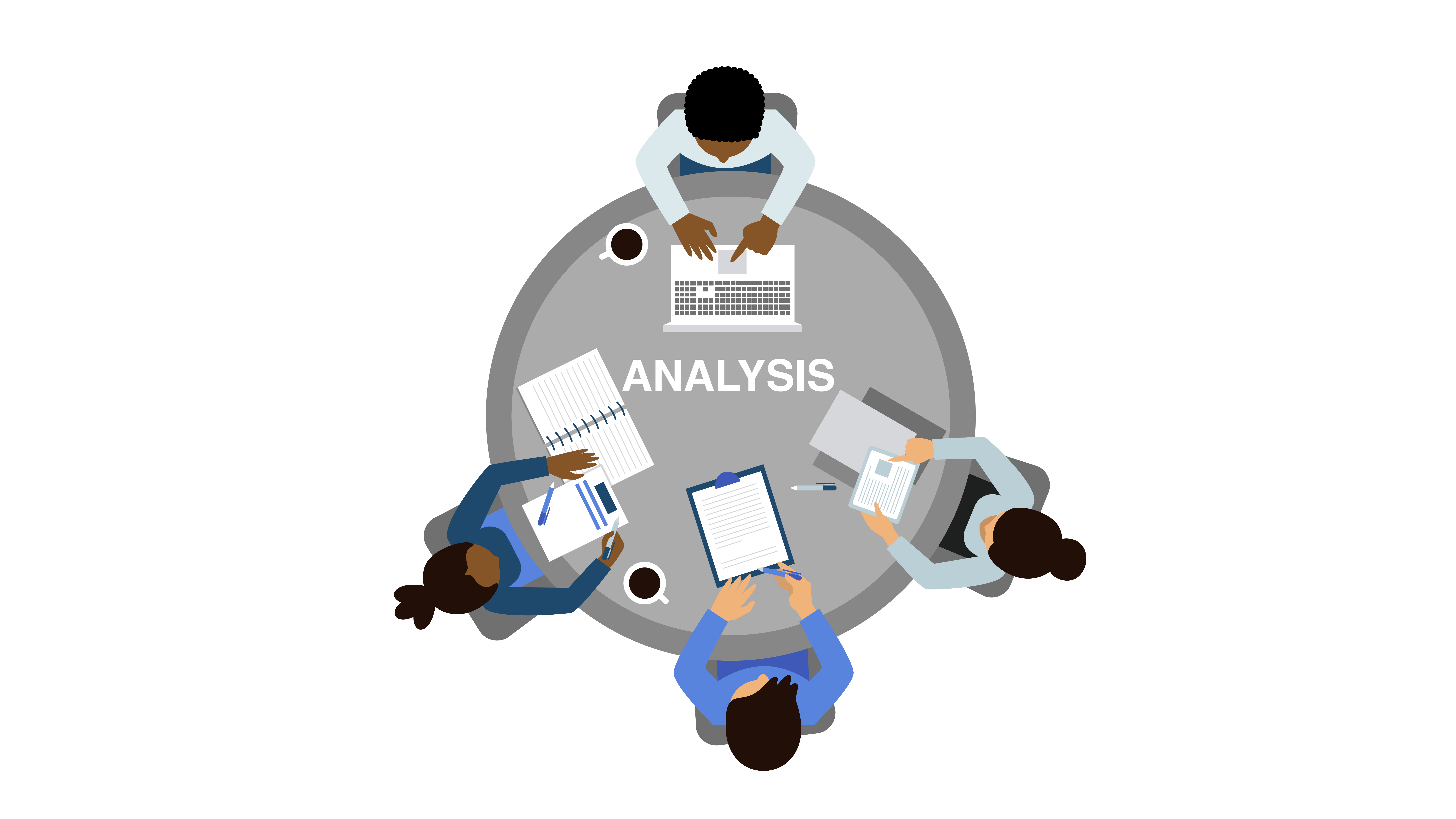Featured
Modern businesses require central locations for customer data platforms (CDPs). It is a crucial tool. These software applications provide the most accurate and complete picture of the customer which can be used to provide targeted marketing and personalised customer experience. CDPs provide a variety of features such as data management, data quality and formatting data. This allows customers to be compliant with regards to how data is stored, used and accessed. With the ability to pull data from various APIs such as a CDP can also help organizations place the customer at the heart of their marketing campaigns and improve their operations and make their customers feel valued. In this article, we will look at the benefits of CDPs in companies.
what is cdp in marketing
Understanding CDPs. A customer data platform (CDP) is software that allows companies to organize, store, and manage customer information from one central data center. This allows for more precise and complete picture of the customer. It is used to create targeted marketing and personalized experiences for customers.
-
Data Governance: One of the key aspects of a CDP is its capacity to categorize, protect, and manage information that is being integrated. This involves profiling, division and cleansing of incoming data. This will ensure that the data is in compliance with guidelines and policies.
-
Quality of Data: It is important that CDPs ensure that data collected is of high-quality. This means ensuring that the data is accurately input and has the required quality requirements. This helps to minimize additional costs for cleaning, transforming and storage.
-
Data formatting The CDP can also make sure that data adheres to a specific format. This makes sure that data types such as dates are consistent across the collected customer data and that data is entered in a clear and consistent manner. cdp customer data platform
-
Data Segmentation Data Segmentation CDP allows you to segment customer information to better understand different customers. This allows for testing different groups against one another and getting the right sample and distribution.
-
Compliance: The CDP lets companies manage customer information in accordance with the law. It allows for the specification of secure policies, classification of information according to the policies, and the detection of infractions to policy when making marketing decisions.
-
Platform Selection: There's a wide range of CDPs to choose from, so it's important to be aware of your needs before choosing the most suitable one. Take into consideration features like data security and the capability to pull data from other APIs. cdp product
-
The Customer at the Center This is why a CDP lets you integrate of real-time, real-time customer information, ensuring immediate access, accuracy, and unity that every marketing team requires to boost their efficiency and make their customers more engaged.
-
Chat, Billing and More Chat, Billing and More CDP helps you identify the context that is needed for excellent discussions, regardless of whether you are looking at billing or chats from the past.
-
CMOs and Big Data CMOs and Big Data: According to the CMO Council 61% of CMOs believe they're not using big data effectively. A CDP can assist in overcoming this by offering a 360 degree view of the client and allowing for more effective use of data for marketing and customer engagement.
With many different kinds of marketing technology out there every one usually with its own three-letter acronym you might wonder where CDPs originate from. Even though CDPs are among today's most popular marketing tools, they're not an entirely originality. Rather, they're the current step in the development of how online marketers handle client data and customer relationships (Cdp Data).

For a lot of online marketers, the single most significant value of a CDP is its capability to segment audiences. With the capabilities of a CDP, online marketers can see how a single consumer engages with their business's various brand names, and determine chances for increased personalization and cross-selling. Naturally, there's far more to a CDP than segmentation.
Beyond audience division, there are 3 huge factors why your company may desire a CDP: suppression, customization, and insights. One of the most interesting things marketers can do with data is recognize customers to not target. This is called suppression, and it becomes part of delivering truly individualized consumer journeys (What is a Cdp). When a client's combined profile in your CDP includes their marketing and purchase information, you can reduce advertisements to consumers who've already made a purchase.

With a view of every customer's marketing interactions connected to ecommerce data, site gos to, and more, everybody across marketing, sales, service, and all your other teams has the opportunity to comprehend more about each client and provide more customized, pertinent engagement. CDPs can assist marketers resolve the source of a lot of their greatest day-to-day marketing problems (Cdp Data).
When your data is detached, it's harder to comprehend your clients and create significant connections with them. As the variety of information sources used by marketers continues to increase, it's more crucial than ever to have a CDP as a single source of fact to bring everything together.
An engagement CDP utilizes consumer information to power real-time personalization and engagement for consumers on digital platforms, such as websites and mobile apps. Insights CDPs and engagement CDPs comprise most of the CDP market today. Really couple of CDPs include both of these functions equally. To pick a CDP, your business's stakeholders need to consider whether an insights CDP or an engagement CDP would be best for your requirements, and research study the couple of CDP options that consist of both. Cdp Meaning.
Redpoint GlobalLatest Posts
Ensuring Data Quality with a CDP
The Role of CDPs in Data Formatting and Segmentation
How CDPs Can Help Organizations Engage their Customers